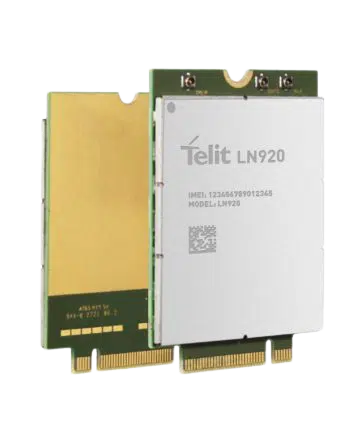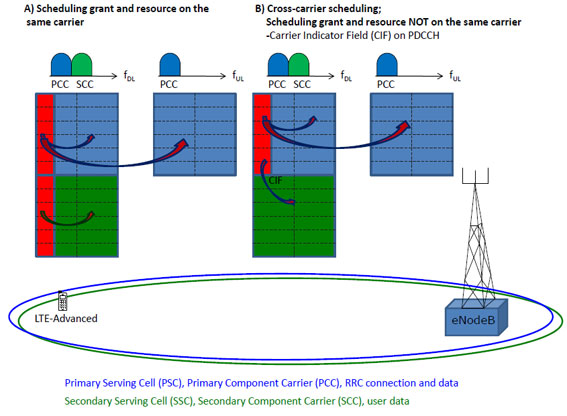Verizon-Certified Modem Module Connects IoT Devices to Global Mobile LTE Networks
August 24, 2022
Story

Telit’s Verizon-Certified LTE Modem Module Connects to LTE Networks in US, Canada, Japan, Australia, and Europe.
One of the biggest hurdles connected device OEMs face today is the ability to deploy their products across multiple geographies, much less globally. Historically this has meant systems must contain multiple antennas, SIM cards, etc.
But as networks become more sophisticated and the demands on networked devices increase, connectivity solutions providers are innovating around features that allow a single module to access wireless backhauls across multiple bands in multiple countries.
Telit’s LN920 M.2 modules have been certified for use on Verizon’s mobile broadband network, giving Tier 1 operators, OEMs, system integrators, and end users high-speed IoT device connectivity on a multi-access network. Certification means Verizon will ensure LN920-based devices on their network receive the broad frequency band support required for use on U.S., Canadian, Japanese, Australian, and European LTE networks.

To operate across global carrier networks, today’s connected devices must support an array of 3GPP and other features, including:
- Advanced Carrier Aggregation: supports 4G data rates for multi carriers in the same band.
- Citizens Broadband Radio Service (CBRS): allows greater wireless capacity for large network carriers. Allows businesses and municipalities to leverage privately owned and operated mobile networks.
- LTE-U: Provides cellular network operators with the option to offload data traffic via the unlicensed 5 GHz frequency band.
- LTE + Wi-Fi Link Aggregation (LWA): Provides support for unlicensed spectrum.
Specifically, capabilities like Advanced Carrier Aggregation makes use of frequency and time division duplexing (F/TDD) and the increased bitrates on LTE-Advanced networks to schedule different carriers on the same modem (Figure 1). Elsewhere, LTE + Wi-Fi Link Aggregation (LWA) helps bridge connectivity gaps by anchoring wireless links across unlicensed bands in licensed spectrum.

Verizon has certified two different variants of the LN920 M.2 modules – the Cat 12 LN920A12-WW and Cat 6 LN920A6-WW – which support all the above features to enable near-global network access.
The Telit LN920 M.2 modules are based on the Qualcomm Snapdragon X12+ LTE modem, which helps deliver 600 Mbps download and 150 Mbps upload speeds across 600 MHz and 3.7 GHz cellular bands. They support the deployment of voice, GNSS positioning, edge computing, and other capabilities into IIoT gateways, edge routers, mobile devices, and other connected systems.
Especially at a time when sourcing components is challenging, acquiring one modem capable of being used in connected devices worldwide is a big win for engineers and procurement professionals alike.
For more information, visit www.telit.com/devices/ln920-series.





